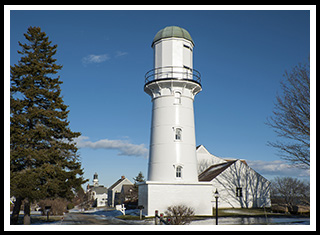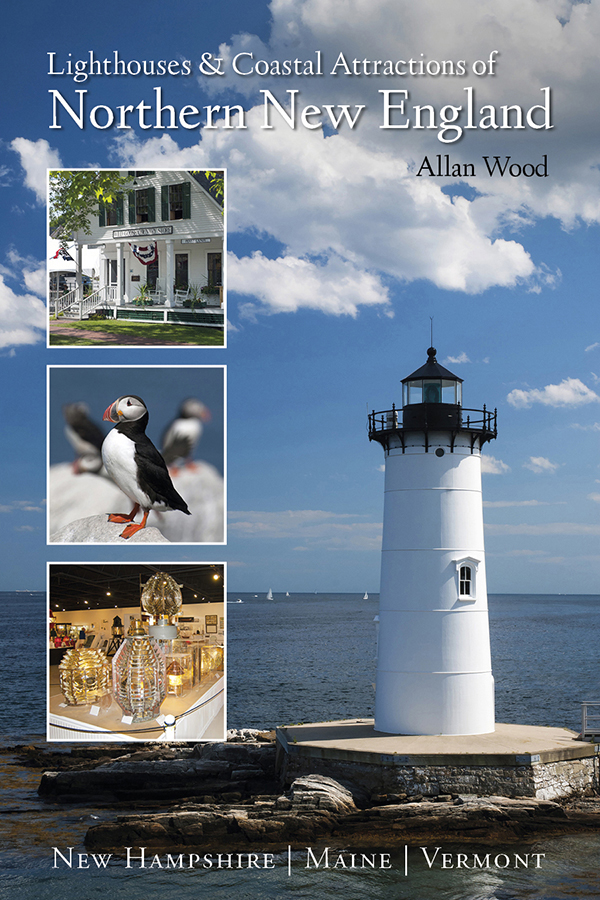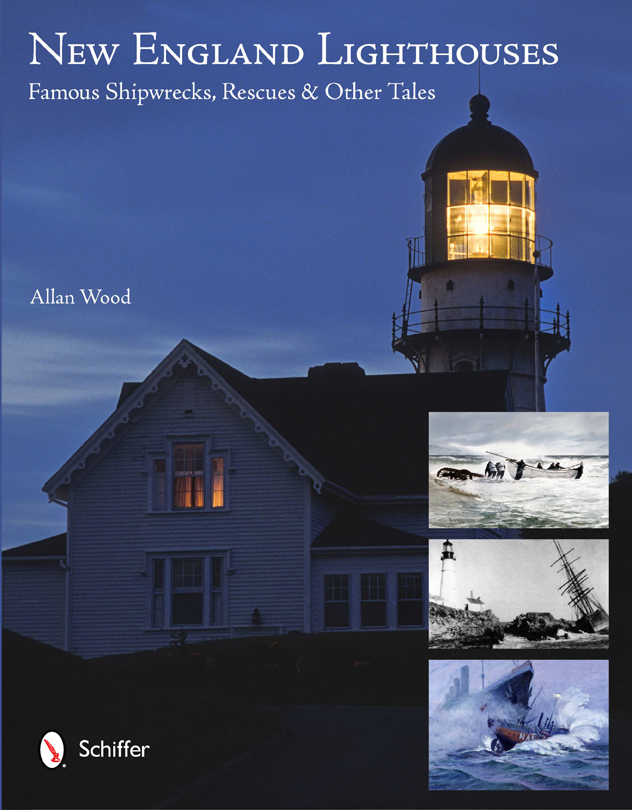Cape Elizabeth
(Two Lights) Lighthouse
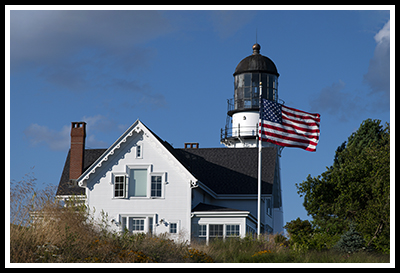
Cape Elizabeth, Maine
Built in 1829
Location:
Overlooking Casco Bay. Found off Route 77 at the end of Two Lights Road near Twin Lights Park. Private residence.
Latitude: 43° 33' 56" N
Longitude: 70° 12' 00" W
Historic Stories:
| Built in 1829 as two range light towers of rubble stone 300 yards apart, this station was initially called Two Lights. | 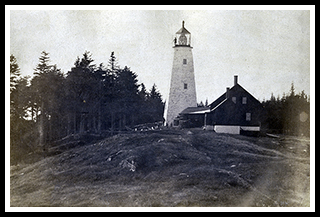
Original East Cape Elizabeth Light |
The decision was made to use two beacons, with the east front range tower would have a fixed light, and the west tower or rear range light would have a revolving light. This unique combination was set up so the station would not be confused with either Portland Head Light or Wood Island Light.
Elisha Jordan was the first keeper, elected from eighteen men who also applied for the position. Steam-driven warning whistles were installed in the twin towers in 1869, the first used in North America.
The Shipwreck of the Bohemian
On February 4,1864, the 295-foot steamer Bohemian, was making a winter voyage leaving Liverpool, England, for Portland, Maine. The steamer was carrying about 219 passengers consisting of 200 Irish immigrants and nineteen cabin class passengers. The Bohemian was only a couple of miles away from the rocky shoreline of Cape Elizabeth, and was proceeding dangerously close to Alden’s Rock, as Captain Borland had miscalculated the distance in the hazy foggy conditions. Alden’s Rock was a treacherous ledge in shallow water that at the time was only marked by a silent buoy, not a bell buoy.
By eight o'clock that evening, the Bohemian struck the ledge, ripping a gash in the hull pouring water into the engine room, causing the widespread panic with passengers and crew, and sank in less than an hour and a half.
In total, two crew members and a total of forty passengers, all Irish immigrants from the lower steerage class, perished. The locals of Cape Elizabeth opened their homes in providing food, shelter, and clothing to the exhausted survivors, while the local City Hall provided a temporary shelter area for the next few days as survivors tried to notify their families in England and Ireland. Money was collected by the Portland Board of Trade and distributed to the survivors for clothing.
At least twelve of the forty-two lives that were lost are also remembered in a small monument in nearby Calvary Cemetery in South Portland.
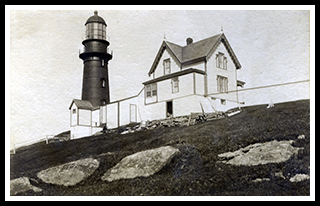
1874 Cape Elizabeth Light |
Both lights were rebuilt in 1874 as two cast iron towers to replace the deteriorating rubble stone towers from the original construction. |
Although both towers were initially painted brown, locals and mariners complained the dark towers would blend in with the background of trees and were sometimes difficult to distinguish. In 1881, both the east and west towers were given two coats of white paint, and the lantern rooms were painted black.
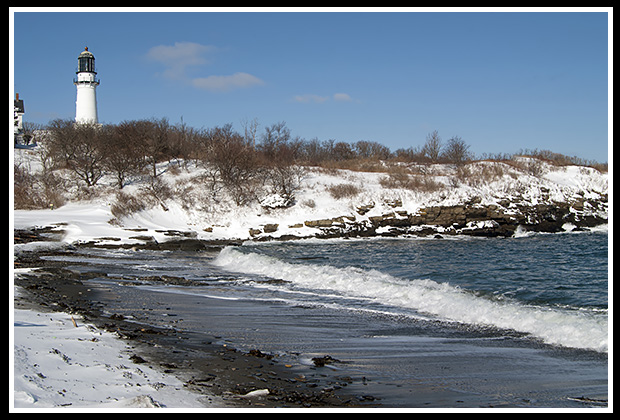
The Most Dramatic Rescue by a Lighthouse Keeper
In 1885, a January winter blizzard kept Keeper Marcus Hanna up all night sounding the fog whistle with an extremely bad cold to warn mariners of the rocky shoreline. After sunrise, the exhausted keeper trudged through huge snow drifts from the fog house to the keeper’s house to try to get a few hours sleep. He was soon awakened by his wife who noticed the schooner Australia, shipwrecked on Dyers Ledge by the lighthouse.
Hanna ran down to the shoreline and had Assistant Keeper Staples try to get help nearby. The ship's captain had already been washed overboard into the freezing waters before Hanna could get to the vessel in time. The other two crew members were frozen to the ice covered rigging, barely alive.
After a number of ill-fated attempts to throw a line from the shore, and his limbs practically frozen by this time, Hanna risked his life and waded waist-deep into the freezing January waters of the ocean. This time he was able to get a line to the vessel, with one of the frozen crewmen, Irving Pierce, managing to free himself from the icy rigging he was hanging on to, and tie the line around himself. Hanna then pulled the helpless man through the waves and over rocks to the shore.
Hanna then tried to get a line to the second crewman, William Kellar, who was able to get the line around himself, as he too was frozen from exposure. Hanna, with his own strength failing from exhaustion, tried to pull Kellar towards the shore. Luckily, Assistant Keeper Staples arrived just in time, and with help from two neighbors the four men were able to bring Kellar safely ashore.
|
Marcus Hanna received a gold lifesaving medal six month’s later for "heroism involving great peril to his life," after one of the greatest lifesaving feats by a lighthouse keeper. |
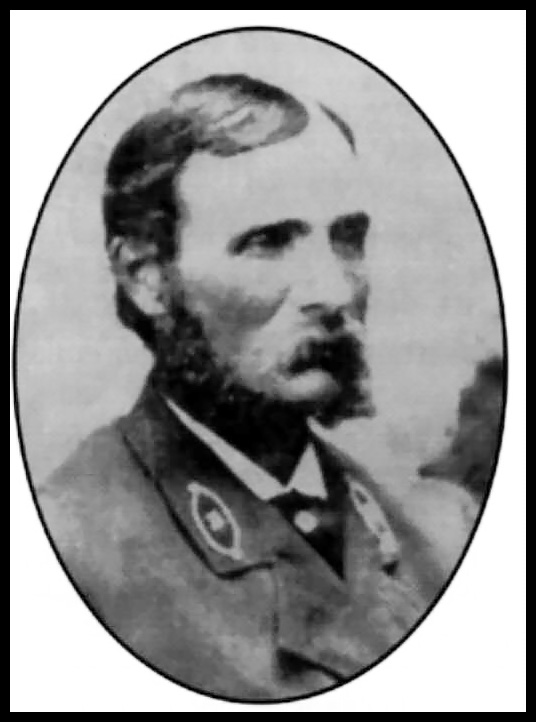
Marcus Hanna |
Note: For more details regarding this famous story, or the story about the tragedy on the Bohemian, select either the link "Keeper Marcus Hanna Rescue" Blog or the "Wreck of the Bohemian" Blog at the top of the page to be directed to my Lighthouse Stories section.
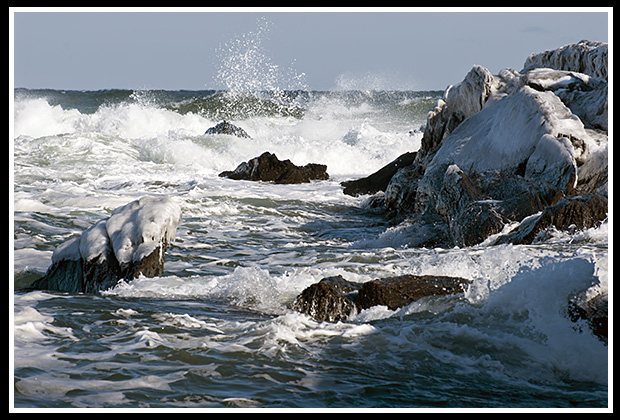
| In 1924, the government had the West Tower dismantled and capped. |
Cape Elizabeth Rear Range Light |
A Famous 1929 Edward Hopper painting of this lighthouse is displayed occasionally at the Metropolitan Museum of Art. It has been duplicated quite often.
On March 3, 1947, the Oakley L. Alexander broke up in a fierce gale 8 miles out. The stern half of the vessel containing all 32 crew members were miraculously carried to the rocks at Two Lights, where keeper Earle Drinkwater, his crew, and local fishermen were able to rescue all aboard.
In 1970, Two Lights became the first lighthouse on a postage stamp. The Cape Elizabeth Light was one of the most powerful lights on the New England Coast, visible for 27 miles.
In 1994, the original second order lens of the active Cape Elizabeth Light was removed and displayed at the Cape Elizabeth Town Hall until the summer of 2013, when the high price of insurance and increasing regulations forced the town to give the lens back to the government. The Maine Maritime Museum heard of the town's plight and agreed to take the lens to Bath, where it displays prominently as part of the many historical artifacts of the museum. The value of this huge lens is estimated over 2.5 million dollars.
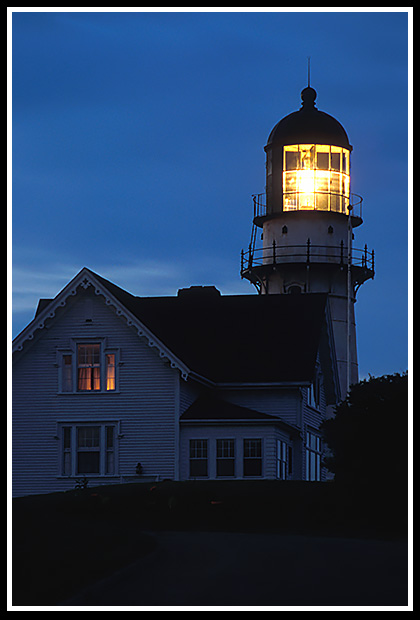
Cape Elizabeth Light
Most Powerful Light
Places to Visit Nearby:
Cape Elizabeth is a quiet town with well-preserved Victorian homes, and clean parks and beaches nearby, including Crescent Beach.
Two Lights State Park, sometimes referred to as Twin Lights State Park, near the lighthouses offers relaxing picnic tables, hiking trails, and ocean views. You can walk from the park to the lighthouses located in a quiet residential neighborhood as private residences. You'll also find the Lobster Shack by the tiny beach to eat and have great shoreline views.

Mural of Bohemian Shipwreck
For the lighthouse historians and enthusiasts, inside the lobby of the South Portland Post Office is a mural painting (see above) of the wreck of the R.M.S. Bohemian, which sank off Cape Elizabeth on February 22, 1864. It was Maine’s worst disaster. At least a dozen of those that lost their lives are also remembered in a small monument in nearby Calvary Cemetery in South Portland.
| The town of Cape Elizabeth is also home to Portland Head Lighthouse, the oldest lighthouse in Maine, and one the most photographed. | 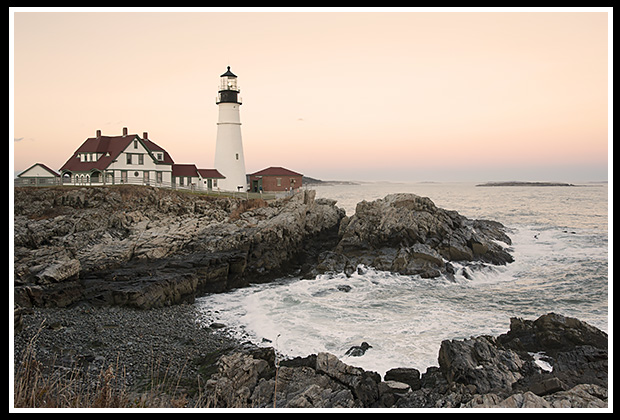
Portland Head Light |
The lighthouse is located inside a forty-one-acre park inside Fort Williams for hiking long the cliff edges, exploring the old fort, or just for picnicking and kite flying in its open areas. The tower is not open to the public, but visitors can explore the Museum at Portland Head Light at the keeper’s house.
Driving Directions
-
From US Route 1 North, take Route 207 South (Black Point Rd.) in Scarborough
-
Follow to Route 77 North towards Cape Elizabeth (about 5.5 miles)
-
Take a right onto Two Lights Road. If you bear to the right you will find Two Lights State Park, or bear left and continue straight for about a mile till you come to a parking lot by the shore.
-
The lighthouses are to the left of the lot, located in a residential area.
Again, be wary they are private residences.
Contact Info:
American Lighthouse Foundation
P.O. Box 565
Rockland, ME 04841
Phone: (207) 594-4174
Books to Explore
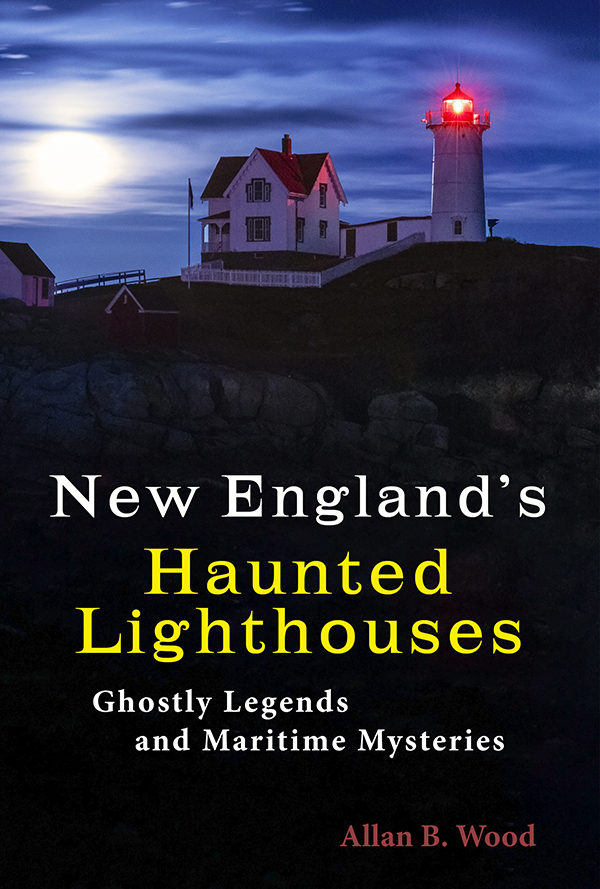
Available in paperback. |
New England's Haunted Lighthouses: Explore the historical mysteries surrounding the haunted lighthouses of New England! This image-rich book features ghost stories about spirits of devoted keepers who linger, victims of foul play or local shipwrecks, ghost ships, lost souls, and more, blending maritime history with the supernatural. Uncover numerous details about hauntings at and near Cape Elizabeth Light. Explore the tales linked with these iconic beacons! |
Lighthouses and Coastal Attractions of Northern New England: This book provides human interest stories from each of the 76 lighthouses in northern New England, along with plenty of coastal attractions and tours near each beacon, and contact info to plan your special trips. You also find the stories mentioned about the wreck of the Bohemian, and Marcus Hanna's rescue, along with plenty of local attractions. Look inside! |
|
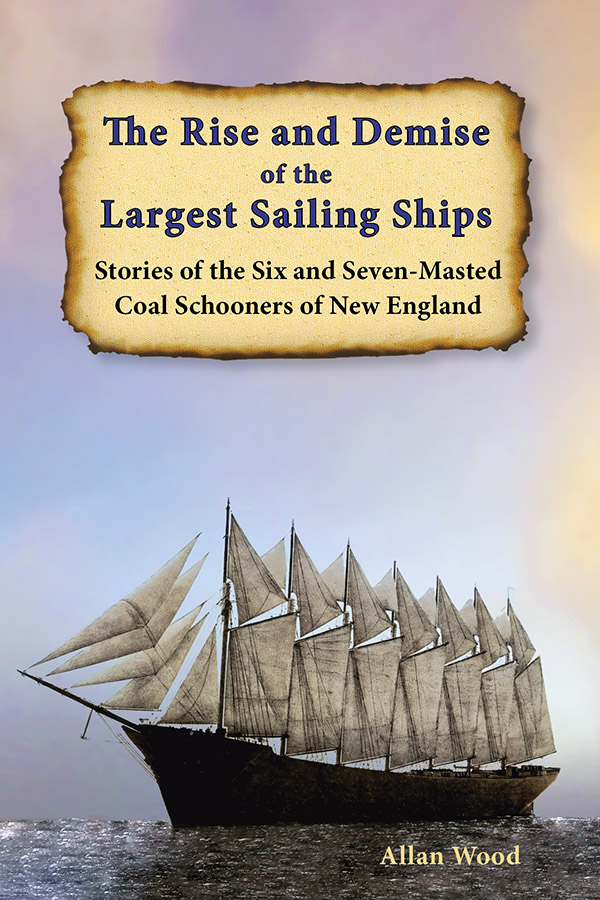
Available in paperback, hardcover, and as an eBook for all devices. |
The Rise and Demise of the Largest Sailing Ships: In the early 1900s, New England shipbuilders constructed the world’s largest sailing ships amid social and political reforms. These giants were built to carry massive quantities of coal and building supplies, and measured longer than a football field! Portland Harbor became a secondary port after Boston to drop off their massive cargoes. One ship was caught in a storm off Cape Elizabeth but the captain was able to keep it from sinking. These true stories, balanced with plenty of color and vintage images, showcases the historical accounts that followed these mighty ships. |
New England Lighthouses: Famous Shipwrecks, Rescues & Other Tales
|
This image-rich book contains over 50 stories of famous shipwrecks and rescues around New England lighthouses, and also tales of hauntings that occurred. You'll find more extensive details and imagery on both stories of the wreck of the Bohemian, and about the most famous rescue by Keeper Marcus Hanna. |
You'll find this book and the lighthouse tourism book above from the publisher Schiffer Books, or in many fine bookstores like Barnes and Noble.

